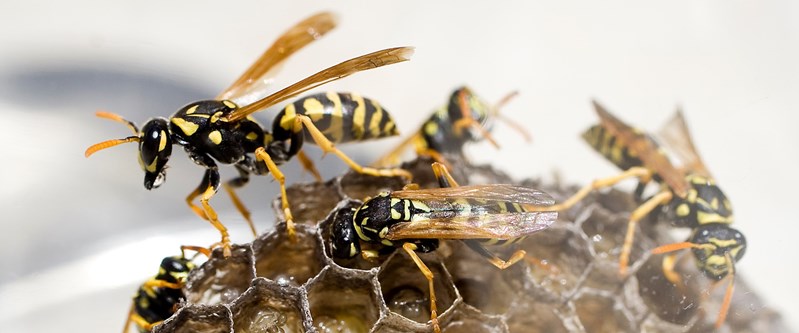Bed Bug Invasion: Adopt the Right Habits
In recent decades, an invisible threat has quietly spread across Europe, invading our homes and hotels. Bed bugs, those small nocturnal parasites, have become unwelcome guests throughout the continent.
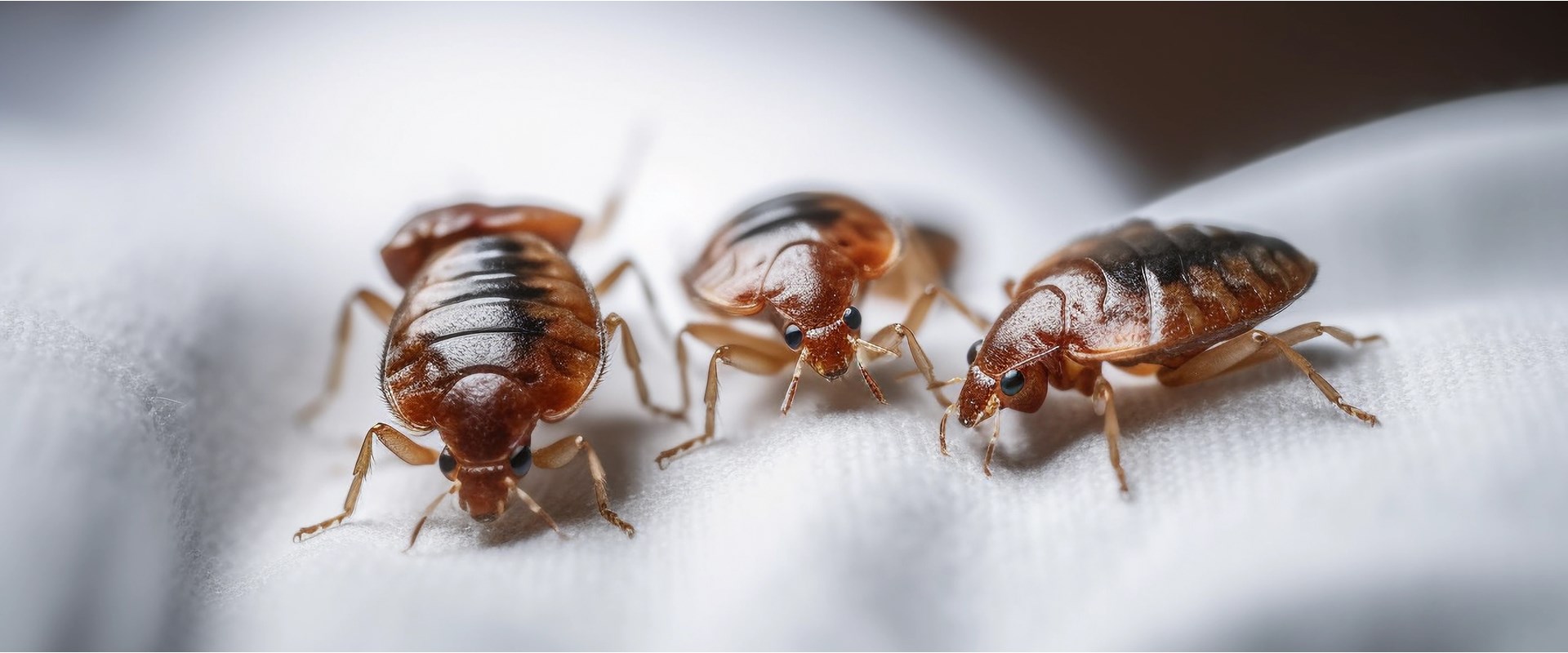
In the 1990s, the pest control sector was radically different, focusing on combating rats, mice, and cockroaches using chemical methods. An international major player and a few local companies dominated the European market.
The 2000s marked a turning point with the introduction of digitalization and a reassessment of the use of chemical insecticides, favoring monitoring and integrated pest management (IPM). At the same time, many active substances were removed from the market. These changes required pest controllers to enhance their skills, moving from heavy artillery to precision tools.
Globalization and the free movement within the European Union provided bed bugs with new opportunities for dispersion. Poverty, often hidden behind facades, also facilitated their spread, as many people cannot afford professional intervention to eliminate them.
Finally, climate change and the habit of leaving windows open at night in urban areas have allowed bed bugs to infiltrate our rooms through exterior walls.
This combination of factors explains the proliferation of bed bugs, which have evolved from a curiosity in the 1990s to a significant pest today.
Can we reverse the trend ?
Bed bugs will continue to be part of our globalized lifestyle, but fortunately, humans can adapt to new problems and become more vigilant..
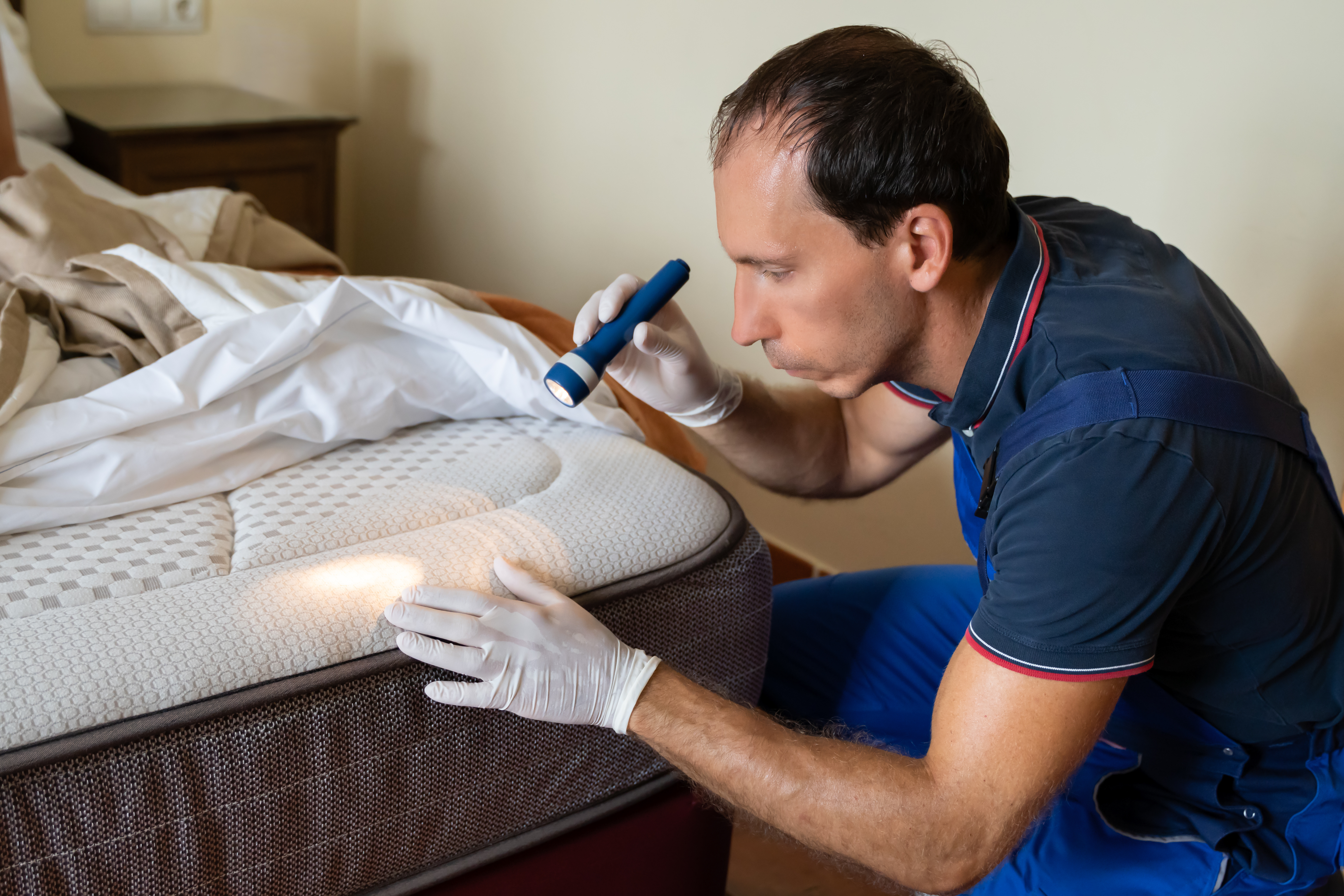
The 5 golden rules when traveling and at home
-
If you find suspicious blood stains on sheets, mattresses, or bed frames, seek expert advice. At a hotel, request a different room.
-
At the hotel, keep your luggage away from the bed. Do not place clothes on the bed.
-
When returning home, open your luggage outside if possible and put all the laundry directly into the washing machine (preferably > 60°C).
-
If the diagnosis is positive, do not move furniture and stay in the infested room if possible. If you move to another room or the sofa, bed bugs will follow you, increasing the intervention costs.
-
If possible, contact a professional without delay.
What techniques are available ?
Diagnosis:
- Visual Inspection
- UV Illumination Diagnosis (Bluestar Cimex)
- Detection Traps (Domobios)
- Detection Aerosols (Debusk)
- Truedetx (ENVI®)
- Detection Dogs

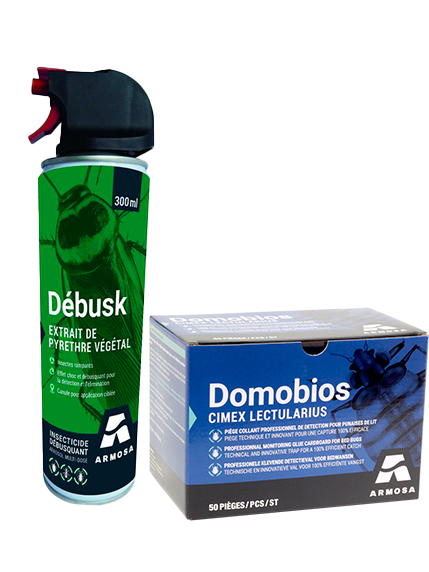

Non-Toxic Techniques:
- Dry Steam (>180°C) Cimex Eradicator
- Cold Thermal Control (Hibernatus)
- Thermal Treatment by Heating the Entire Room > 55°C > 4 hours. Beware of damage to construction materials and furniture.
- Diatomaceous Earth Deployment (Diasect)
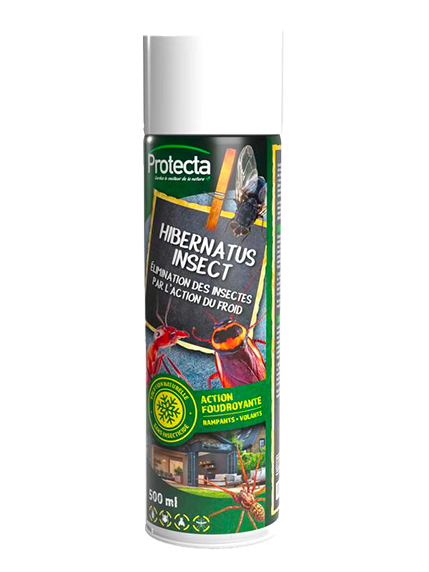
Conventional Control:
- Insecticide Aerosol with 2 Active Ingredients to Combat Resistance (Stryker Azaméthiphos + Cypermethrin)
- Soluble Concentrates (Bugster: Cypermethrin + Prallethrin)
- Insecticide Authorized for Mattresses (K'Othrine Partix - Deltamethrin)
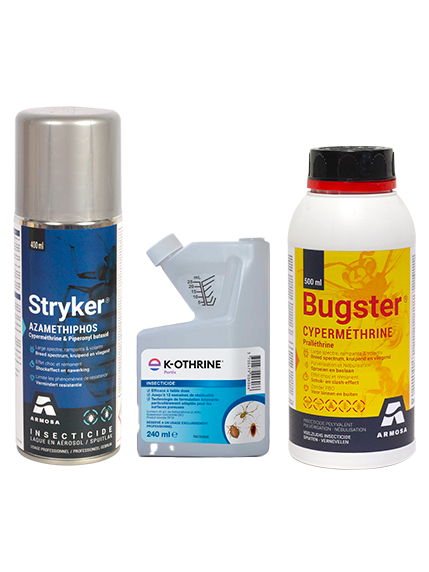
Which technique to choose?
Consult your pest control service provider. After diagnosing the infestation, they will explain the different options, their advantages, and their disadvantages. Generally, non-toxic interventions are more expensive and do not offer long-term protection.
"Active in the pest control sector since 1995, I began my career in urban pest management with a global player in the field. Like many, my entry into this sector was partly coincidental but also a logical progression after my studies in industrial engineering with a focus on agriculture. What direction to take with an agricultural degree when living in a highly urbanized area like Brussels? The answer is simple: my passion for everything that flies and crawls led me to urban pest management."

